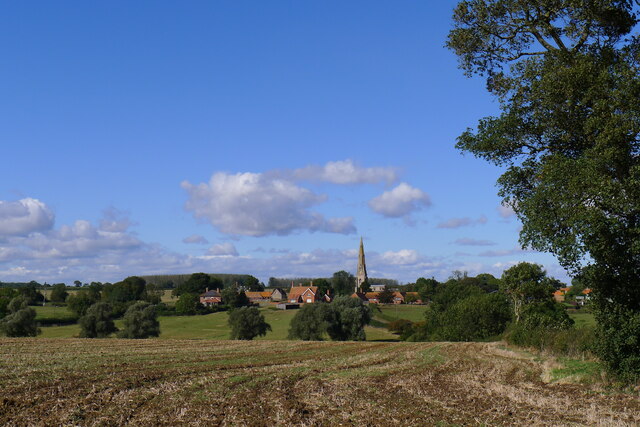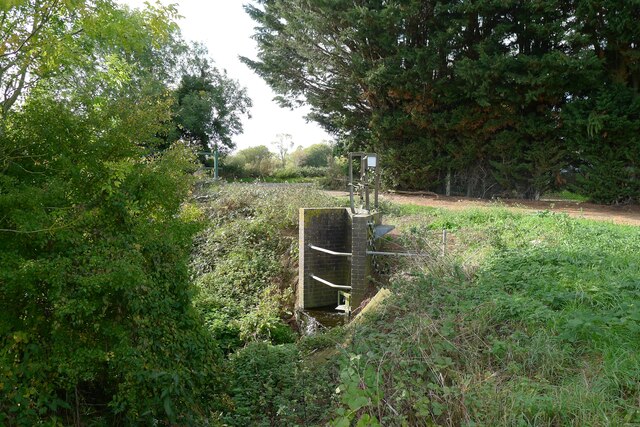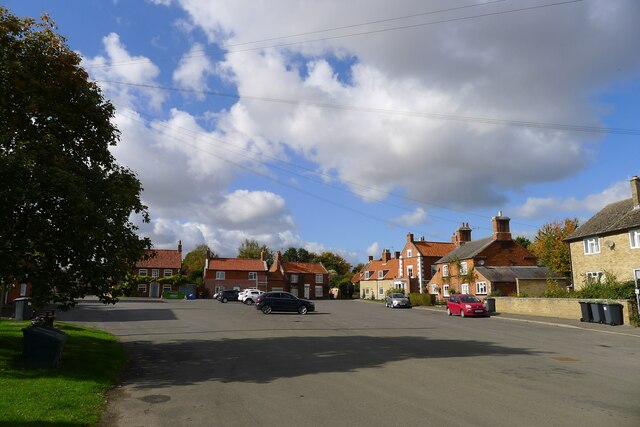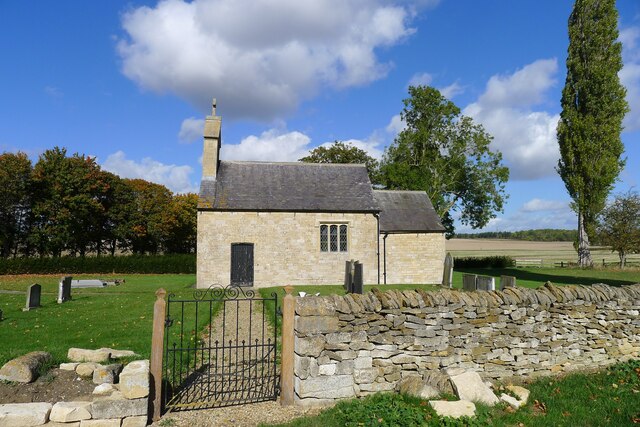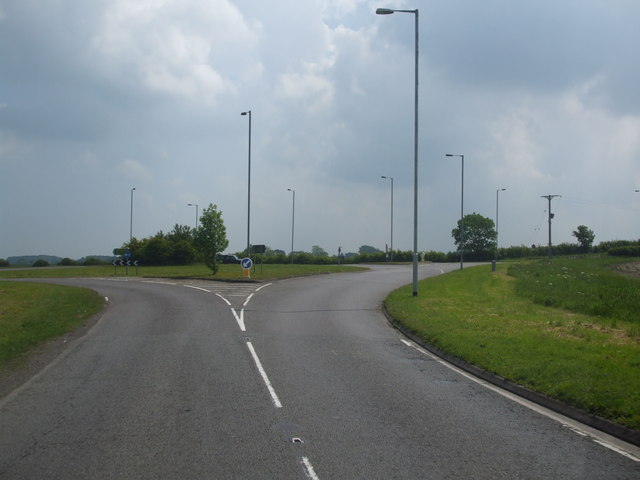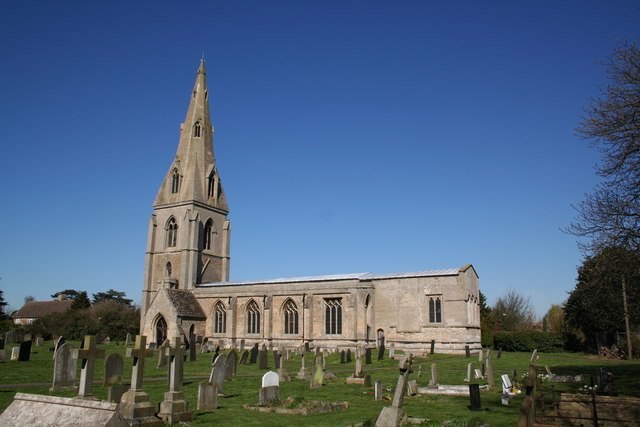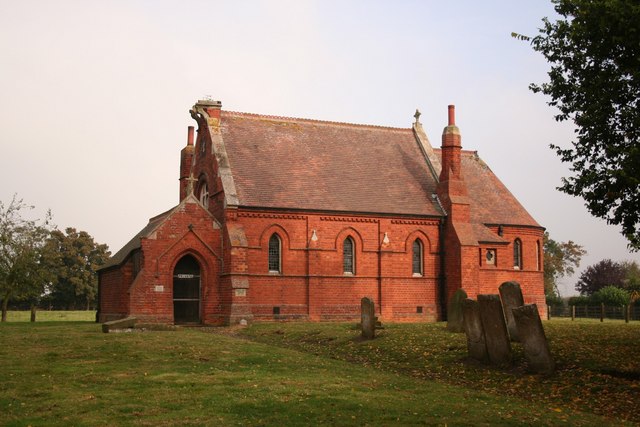Newton Gorse
Wood, Forest in Lincolnshire North Kesteven
England
Newton Gorse

Newton Gorse is a small village located in the county of Lincolnshire, England. Situated in the heart of the county, the village is known for its picturesque woodlands and serene forest landscapes. With a population of around 500 residents, Newton Gorse offers a peaceful and tight-knit community.
The village is surrounded by lush greenery, including dense woodlands that create a natural border around the settlement. The forested areas are home to a variety of tree species, including oak, beech, and birch, providing a beautiful backdrop to the village. These woodlands offer an ideal setting for leisurely walks, picnics, and nature exploration.
In addition to its natural beauty, Newton Gorse boasts a rich history. The village dates back to medieval times and still retains some of its historic charm. Visitors can admire the village's traditional architecture, with several well-preserved cottages and buildings showcasing the local heritage.
Despite its small size, Newton Gorse offers a range of amenities to its residents. The village has a primary school, a community center, and a quaint village pub, where locals often gather to socialize. The nearby town of Lincoln provides additional facilities and services, including shops, supermarkets, and healthcare facilities.
Overall, Newton Gorse, Lincolnshire is a quiet and idyllic village, offering a peaceful escape from the hustle and bustle of city life. Its woodlands and forested areas provide a natural haven for outdoor enthusiasts and nature lovers, while its close-knit community fosters a strong sense of belonging.
If you have any feedback on the listing, please let us know in the comments section below.
Newton Gorse Images
Images are sourced within 2km of 52.916677/-0.41269856 or Grid Reference TF0636. Thanks to Geograph Open Source API. All images are credited.

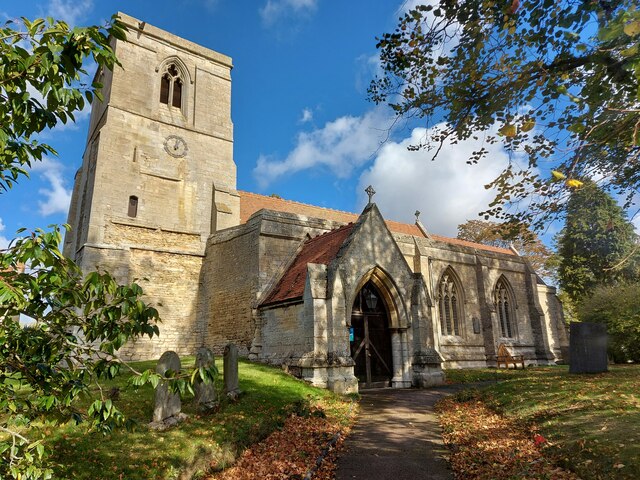
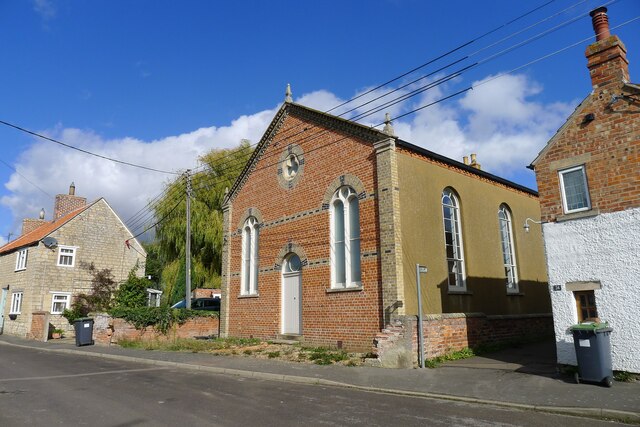

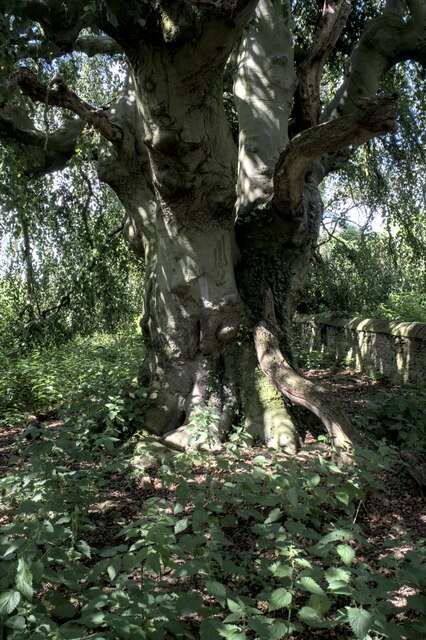

Newton Gorse is located at Grid Ref: TF0636 (Lat: 52.916677, Lng: -0.41269856)
Administrative County: Lincolnshire
District: North Kesteven
Police Authority: Lincolnshire
What 3 Words
///stopped.overgrown.beeline. Near Billingborough, Lincolnshire
Nearby Locations
Related Wikis
Threekingham Bar
Threekingham Bar is the name given to interception of the A52 (Grantham to Boston) and A15 (Peterborough to Lincoln and Hull) roads, 1 mile (1.6 km) to...
Osbournby
Osbournby (locally pronounced Ozzenby or Ossenby) is a small village and civil parish in the North Kesteven district of Lincolnshire, England. The population...
Walcot, Lincolnshire
Walcot is a village and civil parish in the North Kesteven district of Lincolnshire, England. It lies 1 mile (1.6 km) west from the A15, 7 miles (11 km...
Newton, Lincolnshire
Newton is a hamlet in the North Kesteven district of Lincolnshire, England. The hamlet is situated approximately 8 miles (13 km) east from the town of...
St Peter's Church, Threekingham
St Peter's Church is a church in Threekingham, Lincolnshire. It is dedicated to St. Peter ad Vincula (St Peter in chains). It became a Grade I listed building...
Threekingham
Threekingham (sometimes Threckingham or Tricengham) is a village in the North Kesteven district of Lincolnshire, England. The population of the civil parish...
Newton and Haceby
Newton and Haceby is a civil parish in North Kesteven, Lincolnshire, England. It includes the separate hamlets of Newton and Haceby. The population of...
Spanby
Spanby is a village and former civil parish in the North Kesteven district of Lincolnshire, England, about 5 miles (8 km) south from the town of Sleaford...
Nearby Amenities
Located within 500m of 52.916677,-0.41269856Have you been to Newton Gorse?
Leave your review of Newton Gorse below (or comments, questions and feedback).
